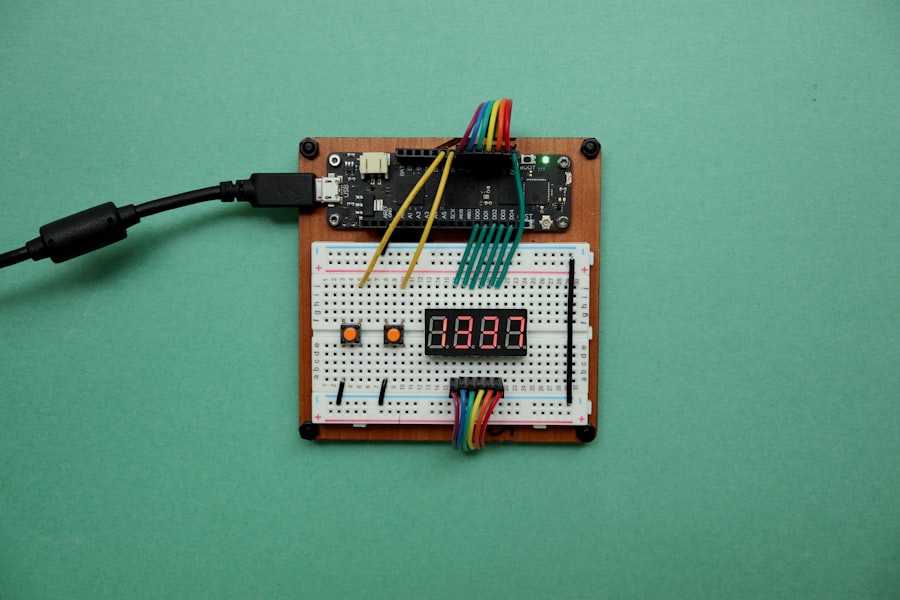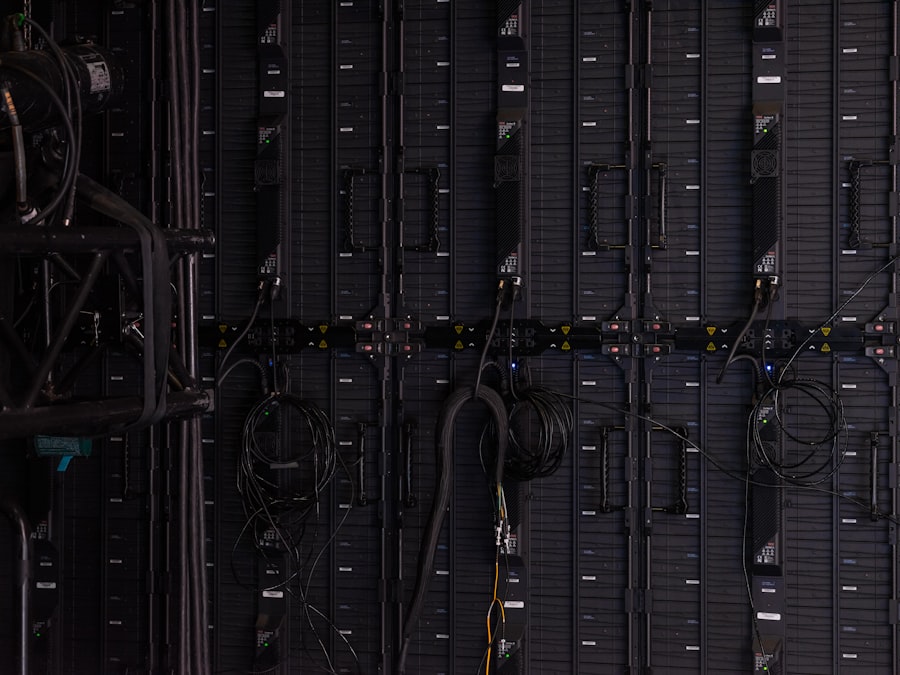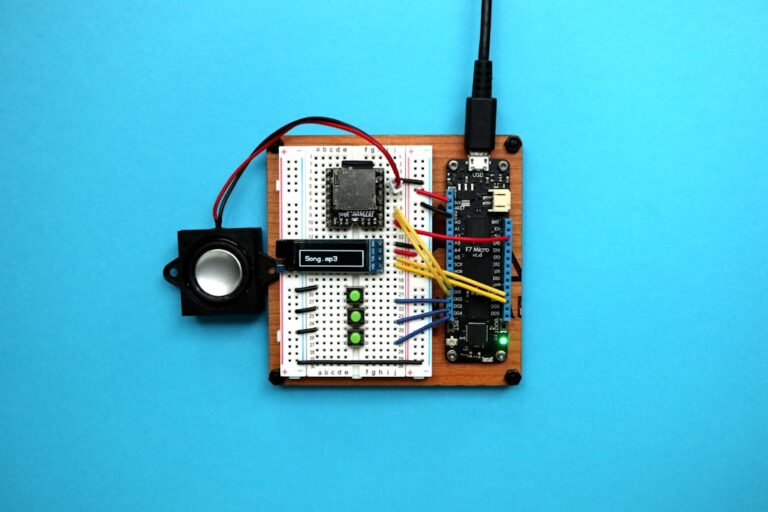Electrical overload occurs when the demand for electricity exceeds the capacity of the electrical system to supply it. This situation can arise from various factors, including the use of too many devices on a single circuit, faulty wiring, or outdated electrical systems. When an overload occurs, it can lead to overheating, which poses a significant risk of fire and damage to electrical appliances.
Understanding the mechanics behind electrical overload is crucial for homeowners and businesses alike, as it can help them take proactive measures to ensure safety and efficiency. The electrical system in a home or building is designed to handle a specific amount of current, measured in amperes. Each circuit is rated for a certain load, and exceeding this load can cause wires to heat up, insulation to break down, and ultimately lead to catastrophic failures.
In many cases, the signs of an impending overload may go unnoticed until it is too late. Therefore, a comprehensive understanding of how electrical systems function and the potential risks associated with overload is essential for maintaining a safe environment.
Key Takeaways
- Electrical overload occurs when the electrical circuits are carrying more current than they can handle, leading to overheating and potential fire hazards.
- Signs of electrical overload include flickering lights, frequently tripping circuit breakers, warm outlets or switches, and burning smells.
- Prevent electrical overload by using power strips with built-in circuit breakers, avoiding daisy-chaining power strips, and spreading out electrical devices across different outlets.
- Manage electrical overload in the home by unplugging unused devices, upgrading to higher amp circuits, and redistributing electrical loads.
- Upgrading electrical systems can involve replacing old wiring, installing additional circuits, and upgrading to higher amp service panels to accommodate increased electrical demand.
Signs of Electrical Overload
Recognizing the signs of electrical overload is vital for preventing serious hazards. One of the most common indicators is the frequent tripping of circuit breakers. When a circuit breaker trips, it is a protective measure that interrupts the flow of electricity to prevent overheating.
If this occurs regularly, it may signal that the circuit is overloaded and unable to handle the current being drawn from it. Homeowners should take note of how often this happens and consider reevaluating their electrical usage. Another telltale sign of electrical overload is the presence of flickering or dimming lights.
When multiple devices are in use on the same circuit, the demand for power can fluctuate, causing lights to flicker or dim momentarily. Additionally, outlets that feel warm to the touch or emit a burning smell are serious warning signs that should not be ignored. These symptoms indicate that wires are overheating and could potentially lead to a fire if not addressed promptly.
Awareness of these signs can empower individuals to take action before a minor issue escalates into a dangerous situation.
Preventing Electrical Overload

Preventing electrical overload begins with understanding one’s electrical system and its limitations. Homeowners should familiarize themselves with the amperage ratings of their circuits and ensure that they do not exceed these limits. A simple way to manage this is by distributing electrical devices across multiple circuits rather than relying heavily on one.
For instance, high-wattage appliances like refrigerators, microwaves, and air conditioners should ideally be plugged into dedicated circuits to minimize the risk of overload. In addition to proper distribution of devices, regular maintenance of electrical systems is essential for prevention. This includes checking for frayed wires, loose connections, and outdated components that may not be able to handle modern electrical demands.
Installing surge protectors can also provide an extra layer of safety by absorbing excess voltage during power surges, thus protecting sensitive electronics from damage. By taking these proactive steps, individuals can significantly reduce the likelihood of experiencing an electrical overload.
Managing Electrical Overload in the Home
| Electrical Overload Management | Statistics |
|---|---|
| Number of House Fires Caused by Electrical Overload | 3,300 per year |
| Percentage of Electrical Overload Related Injuries | 15% |
| Recommended Maximum Load for Electrical Outlets | 80% |
| Common Causes of Electrical Overload | Overuse of extension cords, outdated wiring, and using high-wattage appliances |
When faced with an electrical overload situation, immediate action is necessary to mitigate risks. The first step is to identify which devices are drawing excessive power and consider unplugging or redistributing them across different circuits. This may involve moving appliances or using extension cords judiciously to balance the load more effectively.
However, it is crucial to remember that extension cords should not be used as a permanent solution; they are intended for temporary use only. In some cases, homeowners may need to limit their usage of certain high-demand appliances during peak hours when electricity consumption is at its highest. For example, running multiple large appliances simultaneously—such as washing machines, dryers, and dishwashers—can easily lead to an overload situation.
By staggering their use throughout the day or evening, individuals can help maintain a balanced load on their electrical system and reduce the risk of tripping breakers or causing damage.
Upgrading Electrical Systems
As technology advances and households become more reliant on electronic devices, upgrading electrical systems may become necessary to accommodate increased power demands. Older homes often have outdated wiring that may not support modern appliances or high-energy devices like smart home systems and electric vehicles. Upgrading these systems can enhance safety and efficiency while providing peace of mind.
When considering an upgrade, homeowners should evaluate their current electrical panel and wiring. A professional electrician can assess whether the existing system meets current codes and standards and recommend necessary upgrades. This may include installing a higher-capacity circuit breaker panel or replacing old wiring with modern materials that can handle greater loads.
Investing in these upgrades not only improves safety but also increases property value by ensuring that the home meets contemporary electrical standards.
Hiring a Professional Electrician

Here is the rewritten text with 3-4 The Importance of Professional Electrical Services
When dealing with electrical overload issues or planning upgrades, it is often crucial to engage a professional electrician. Electricians possess the expertise and training required to diagnose problems accurately and implement effective solutions safely. Attempting DIY repairs or upgrades can lead to further complications or even pose serious safety risks if not done correctly.
Selecting the Right Electrician for the Job
When hiring an electrician, it is important to choose someone who is licensed and insured. This ensures that they adhere to local codes and regulations while providing quality workmanship. Homeowners should also seek recommendations or read reviews to find reputable professionals in their area.
Expert Insights for Electrical Load Management
A qualified electrician can provide valuable insights into managing electrical loads effectively and suggest improvements tailored to individual needs.
Safety Precautions for Dealing with Electrical Overload
Safety should always be a priority when dealing with electrical systems. Individuals should never ignore warning signs such as tripped breakers or warm outlets; instead, they should take immediate action to address these issues. It is advisable to turn off any affected circuits until they can be evaluated by a professional electrician.
Additionally, homeowners should ensure that smoke detectors are installed throughout their homes and that they are functioning properly. Smoke detectors serve as an early warning system in case of fire caused by electrical overloads or other hazards. Regular testing and maintenance of these devices can save lives by providing critical alerts in emergencies.
Another important safety precaution involves educating all household members about electrical safety practices. This includes teaching children not to overload outlets with multiple devices and ensuring that everyone knows how to respond in case of an electrical emergency. By fostering a culture of safety awareness, families can work together to minimize risks associated with electrical overload.
Maintaining a Safe and Efficient Electrical System
Maintaining a safe and efficient electrical system requires vigilance, knowledge, and proactive measures. Understanding the causes and signs of electrical overload empowers individuals to take appropriate actions before problems escalate into dangerous situations. By implementing preventive strategies such as proper load distribution, regular maintenance, and timely upgrades, homeowners can significantly reduce their risk of experiencing electrical overload.
Moreover, hiring qualified professionals for assessments and repairs ensures that any issues are addressed correctly and safely. With proper education on safety precautions and awareness of potential hazards, families can create a secure environment that supports their modern lifestyle without compromising safety. Ultimately, investing time and resources into maintaining an efficient electrical system pays dividends in peace of mind and protection against unforeseen dangers.
If you’re interested in learning more about practical tips for an eco-friendly lifestyle, check out this article on how to make your home more sustainable on a budget. It provides valuable insights on how to reduce your environmental impact without breaking the bank. This article complements the discussion on overloaded circuits by emphasizing the importance of energy efficiency and conservation in our daily lives.
FAQs
What are overloaded circuits?
Overloaded circuits occur when too much electrical current is flowing through a circuit, exceeding its capacity and creating a potential fire hazard.
What are the common causes of overloaded circuits?
Common causes of overloaded circuits include plugging too many devices into a single outlet, using extension cords and power strips improperly, and using appliances that draw a high amount of power.
What are the signs of an overloaded circuit?
Signs of an overloaded circuit include flickering or dimming lights, frequently tripping circuit breakers, warm or discolored outlets, and a burning smell coming from outlets or switches.
How can overloaded circuits be prevented?
Overloaded circuits can be prevented by using power strips and extension cords properly, avoiding the use of multiple high-power appliances on the same circuit, and having a licensed electrician install additional circuits if needed.
What should I do if I suspect an overloaded circuit in my home?
If you suspect an overloaded circuit in your home, you should immediately unplug any devices from the affected outlets, refrain from using the circuit, and contact a licensed electrician to inspect and address the issue.






